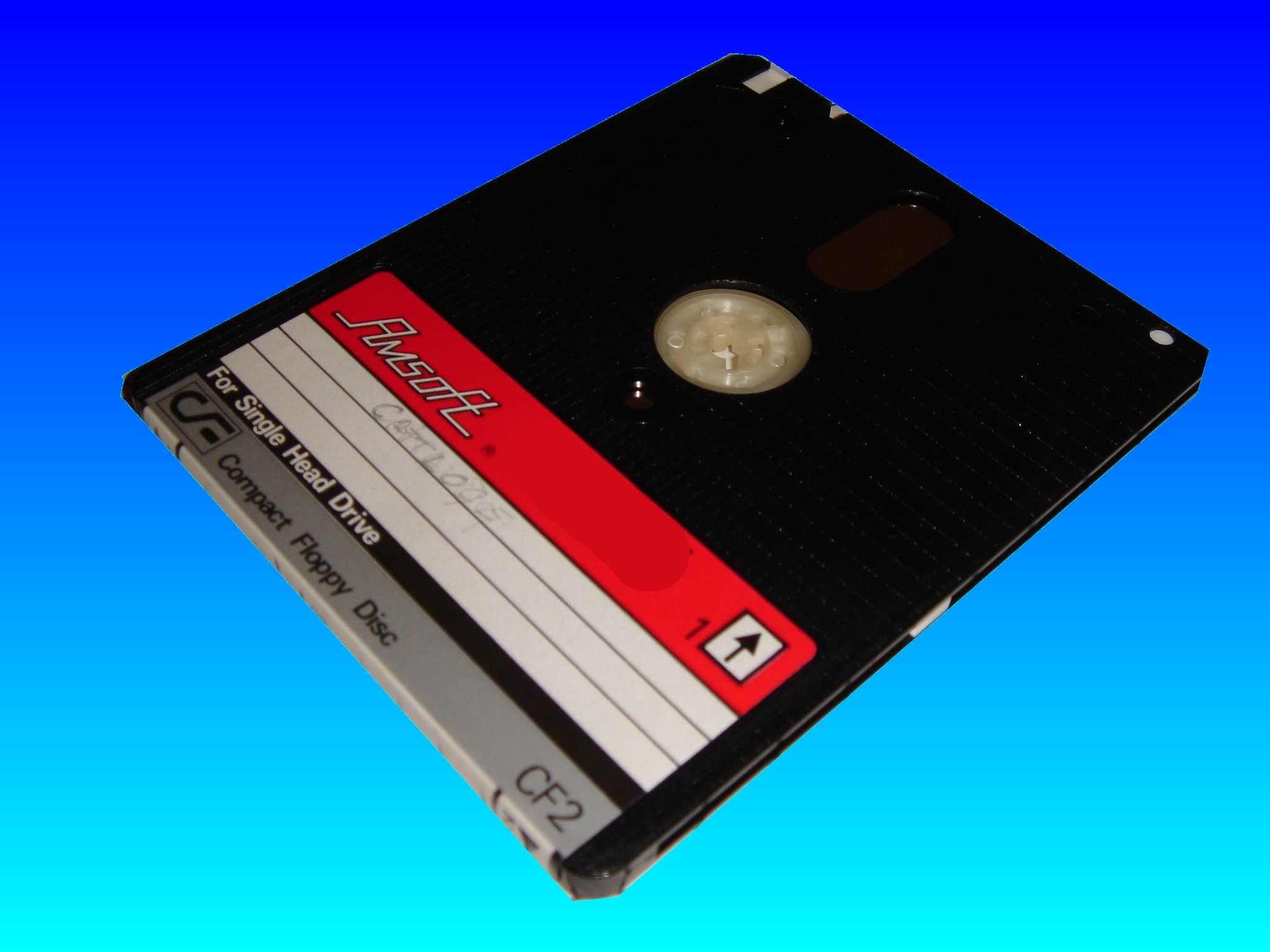

If you format them all, I guess that 95% will be reusable. (Although you could transform a 720 KB floppy to an 1440 KB floppy by drilling a hole in the right place.) Back then, this wasn't even enough to store the MS-DOS setup! It's no surprise that the 3.5 disk quickly replaced it, since the plastic cover made them tougher and the disks could have 720 KB or even 1440 KB, depending on disk quality. Are those floppies used for an MS-DOS computer or for some other operating system? They might not be using the FAT file system but some other file system which Windows won't be able to read.įormatting those floppies and using them as extra data storage isn't practical either, since they're likely to contain 320 or 360 kilobytes of data, depending on the number of sectors on those disks. But considering the value of your data, I don't expect this to be worth the trouble. This disk could then be used to revive the data on those disks so you can transfer them to some other medium.

This would be special forensic hardware though, and thus a bit expensive if you're even able to find one. I did store them in a dark place, well-protected in a floppy case.įor disks with damaged data you might want to use a disk drive that's more sensitive than regular floppy disks. Maybe about 20% of my disks are still completely readable. (Faster if stored in sunlight or near large magnets.) I was able to still get data from some of those disks, though. These disks use a magnetized surface and this is slowly leaking away. Mostly bad sectors or just random blanks.

Looking at my own floppy disk collection from two decades ago, I noticed that most of them have had some damage due to years of not-using-them. Anyway, I have an USB-based 3.5 floppy drive which works just fine. And 3.5 disks are also considered antique since most new computers don't have a floppy drive anymore. Those 5.25 disks are generally similar in quality of the newer 3.5 disks.


 0 kommentar(er)
0 kommentar(er)
